Tandoori Spice Mix: The Secret Behind That Smoky Indian Magic — A Global Flavor Journey
When it comes to flavor bombs in the culinary world, few can match the boldness and complexity of tandoori spice mix. Known for that unmistakable red hue and smoky aroma, this blend is more than just a seasoning—it’s a cultural staple with roots deep in South Asian kitchens.
Table of Contents
- What Is Tandoori Spice Mix?
- History & Cultural Significance
- Key Ingredients in Tandoori Spice Mix
- How to Use Tandoori Spice Mix Like a Pro
- Homemade vs. Store-Bought: Which Should You Choose?
- Buying Guide: What to Look For in a Quality Mix
- Global Influence and Modern Twists
- Conclusion
What Is Tandoori Spice Mix?
Tandoori spice mix—also known as tandoori masala—is a blend of ground spices traditionally used to marinate meats before cooking them in a tandoor (a cylindrical clay oven). This spice mix gives dishes like tandoori chicken their signature color and rich, earthy flavor profile.
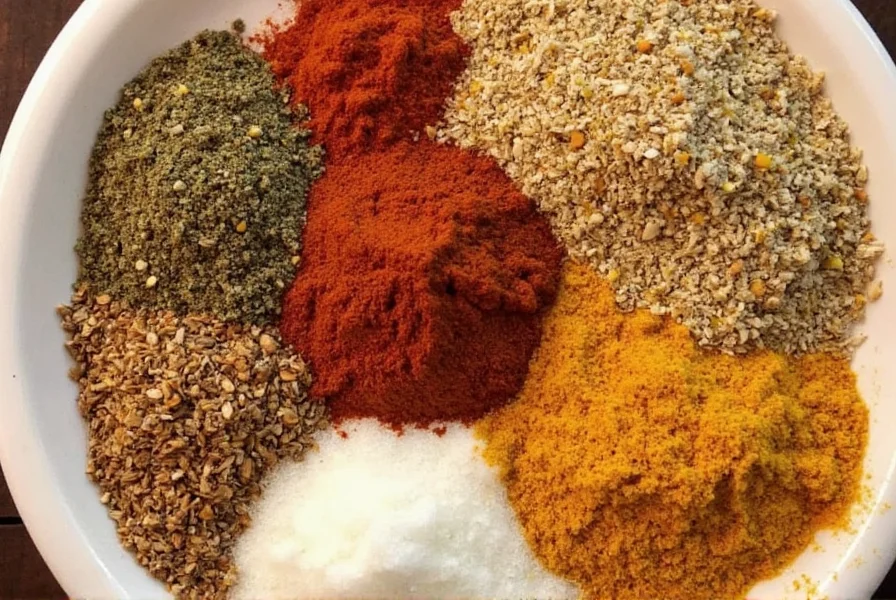
While recipes vary across regions and families, most versions contain a base of paprika or Kashmiri chili powder for color, garlic and ginger powders for warmth, cumin for depth, coriander for balance, and a touch of garam masala for aromatic finish.
A Taste of History: Where Did Tandoori Spice Come From?
The origins of tandoori cuisine trace back thousands of years to Central Asia, particularly Persia and Afghanistan. It found its way into Indian cuisine through Mughal influence during the medieval period. Over time, the tandoor became a household fixture across North India, and tandoori spice mix evolved accordingly.
Today, it’s not only a cornerstone of Indian restaurants but also a global sensation. Its smoky aroma and vibrant taste have inspired fusion dishes from street food to gourmet creations worldwide.
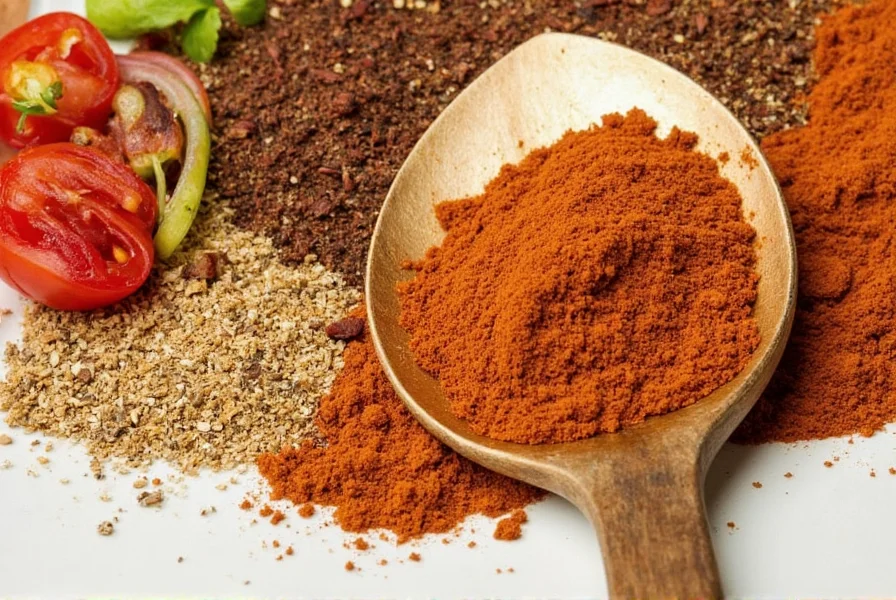
The Building Blocks of Tandoori Spice Mix
A typical tandoori spice mix combines heat, earthiness, and sweetness in perfect harmony. Here's a breakdown of common ingredients:
| Ingredient | Flavor Contribution | Common Substitute |
|---|---|---|
| Paprika / Kashmiri Chili Powder | Vibrant red color, mild to moderate heat | Smoked sweet paprika |
| Cumin Powder | Earthy, nutty depth | Fennel seeds (in moderation) |
| Coriander Powder | Bright, citrusy undertone | Fenugreek (less commonly used) |
| Ginger & Garlic Powder | Sharp, pungent warmth | Fresh grated ginger/garlic paste |
| Yogurt | Tenderizes meat, balances spice | Sour cream or buttermilk |
| Garam Masala | Warm, aromatic finish | Mixed five-spice powder (Asian) |
How to Use Tandoori Spice Mix Like a Pro
Ready to bring that restaurant-quality flavor into your home kitchen? Here are some pro tips to master the art of using tandoori spice mix:
- Marinate Generously: For best results, allow proteins to sit in the spice-yogurt marinade for at least 2 hours—overnight is ideal!
- Add Acid: A splash of lemon juice or vinegar enhances the flavors and helps tenderize meat faster.
- Use Yogurt as a Base: Full-fat Greek yogurt works well if you don’t have traditional dahi (Indian curd).
- Simulate the Tandoor: If you don’t have access to a tandoor oven, broil or grill the marinated items in your oven or on a barbecue.
- Don’t Forget Vegetables: Marinate bell peppers, mushrooms, cauliflower, or paneer for delicious vegetarian kebabs.
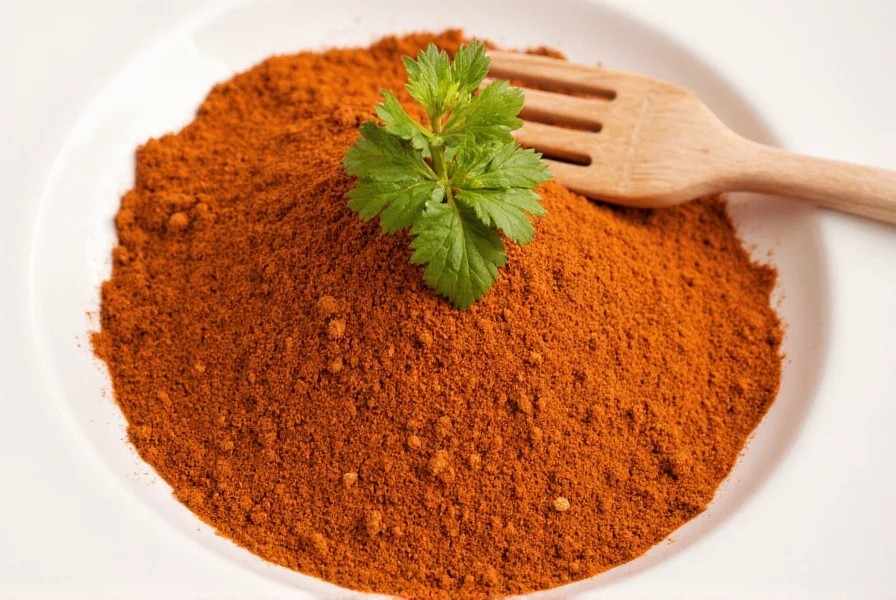
Homemade vs. Store-Bought: Which One Wins?
Like many spice blends, tandoori masala can be purchased pre-made or crafted at home. Each has its pros and cons depending on your needs.
| Option | Pros | Cons | Best For |
|---|---|---|---|
| Homemade | Fresher, customizable, no preservatives | Time-consuming, requires multiple spices | Cooking enthusiasts, purists |
| Store-Bought | Convenient, shelf-stable, consistent flavor | Limited customization, may include fillers | Weeknight meals, beginners |
Buying Guide: What to Look For in a Quality Tandoori Spice Mix
If you're choosing a store-bought version, here are key features to evaluate:
1. Ingredient Transparency
Look for clear labeling and recognizable spices. Avoid mixes with unnecessary additives like anti-caking agents or artificial colors.
2. Heat Level
Some brands add extra chilies. Check if the mix is labeled as mild, medium, or spicy. If unsure, start with a milder version and adjust with extra chili powder later.
3. Color Source
Authentic tandoori mixes use Kashmiri chili or paprika for natural red coloring. Beware of bright red products that may rely on artificial dye.
4. Packaging
Airtight containers preserve freshness longer. Avoid bulk bins unless you’ll use the spice quickly.
5. Brand Reputation
Well-known Indian spice brands like Everest, MDH, or Shan are generally reliable choices. Some artisanal or organic options may offer unique twists.

Global Influence and Modern Twists
The popularity of tandoori spice mix has gone beyond Indian borders. Chefs around the world have embraced it in innovative ways:
- Tandoori Tacos: Grilled chicken tacos seasoned with tandoori spice mix, topped with mint-cilantro chutney and pickled onions.
- Tandoori Popcorn: Air-popped popcorn tossed in melted butter and tandoori masala for a punchy snack.
- Tandoori Burgers: Marinated grilled patties served with yogurt-based sauces and spiced fries.
- Tandoori Hummus: Blending roasted chickpeas with tandoori spice mix, tahini, and lemon for a fusion dip.
This adaptability makes tandoori spice mix one of the most exciting global pantry staples today.

Final Thoughts: Embrace the Smoke, Love the Spice
Tandoori spice mix is far more than a seasoning—it’s a passport to flavor, culture, and creativity. Whether you’re roasting veggies for dinner, spicing up grilled chicken, or experimenting with fusion snacks, this blend can elevate any dish from ordinary to extraordinary.
So next time you’re raiding your spice rack, don’t overlook that jar of tandoori masala. With a little imagination (and maybe a quick marinade), you can bring a global favorite straight to your kitchen table.
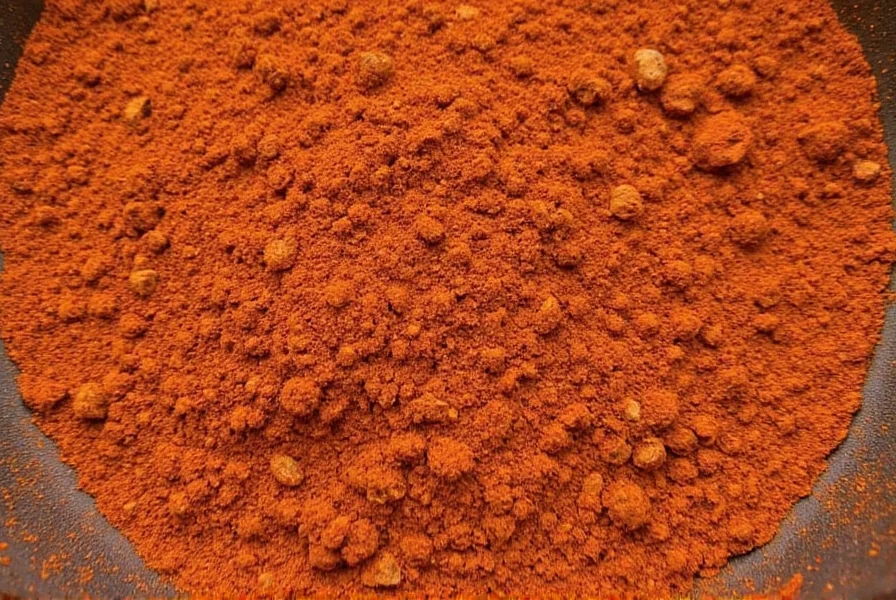

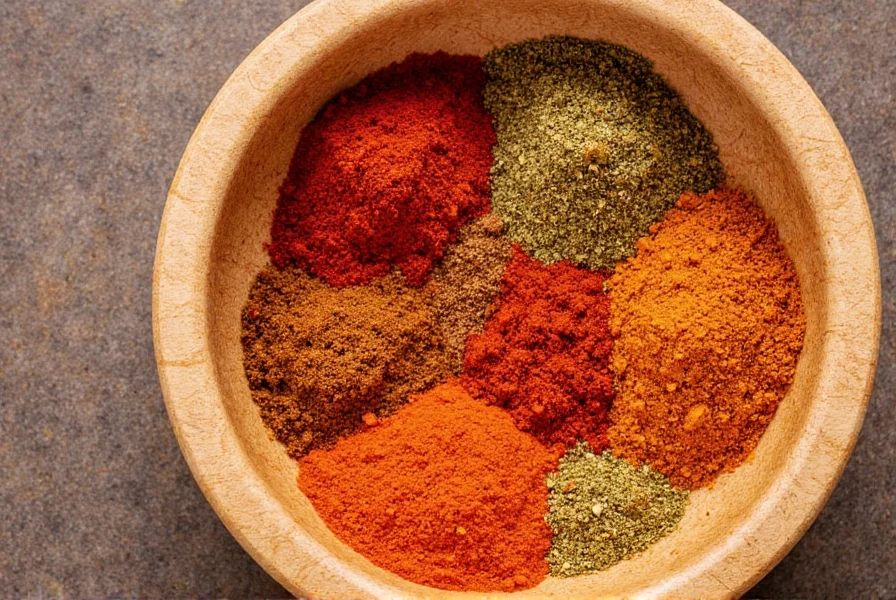









 浙公网安备
33010002000092号
浙公网安备
33010002000092号 浙B2-20120091-4
浙B2-20120091-4